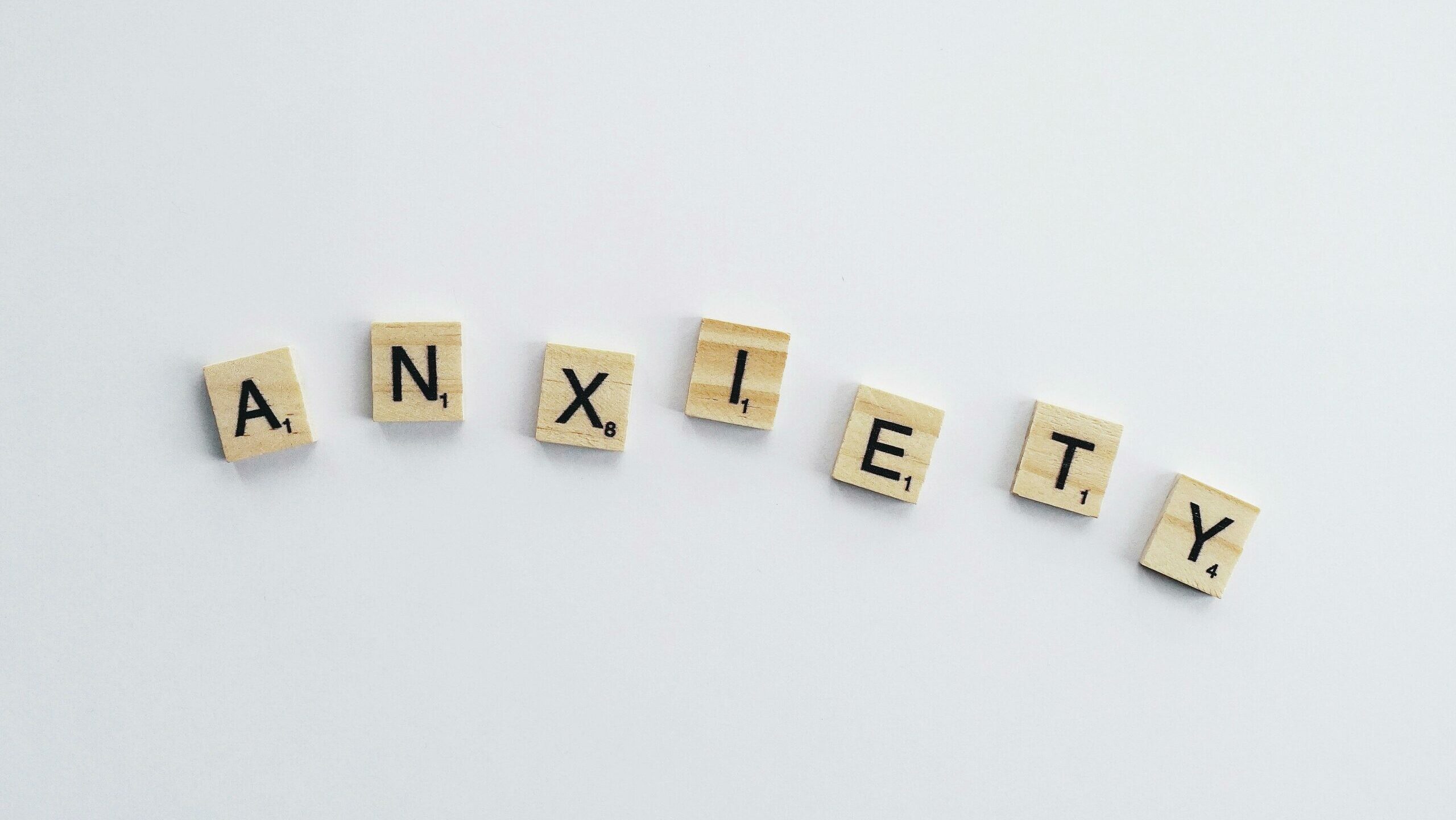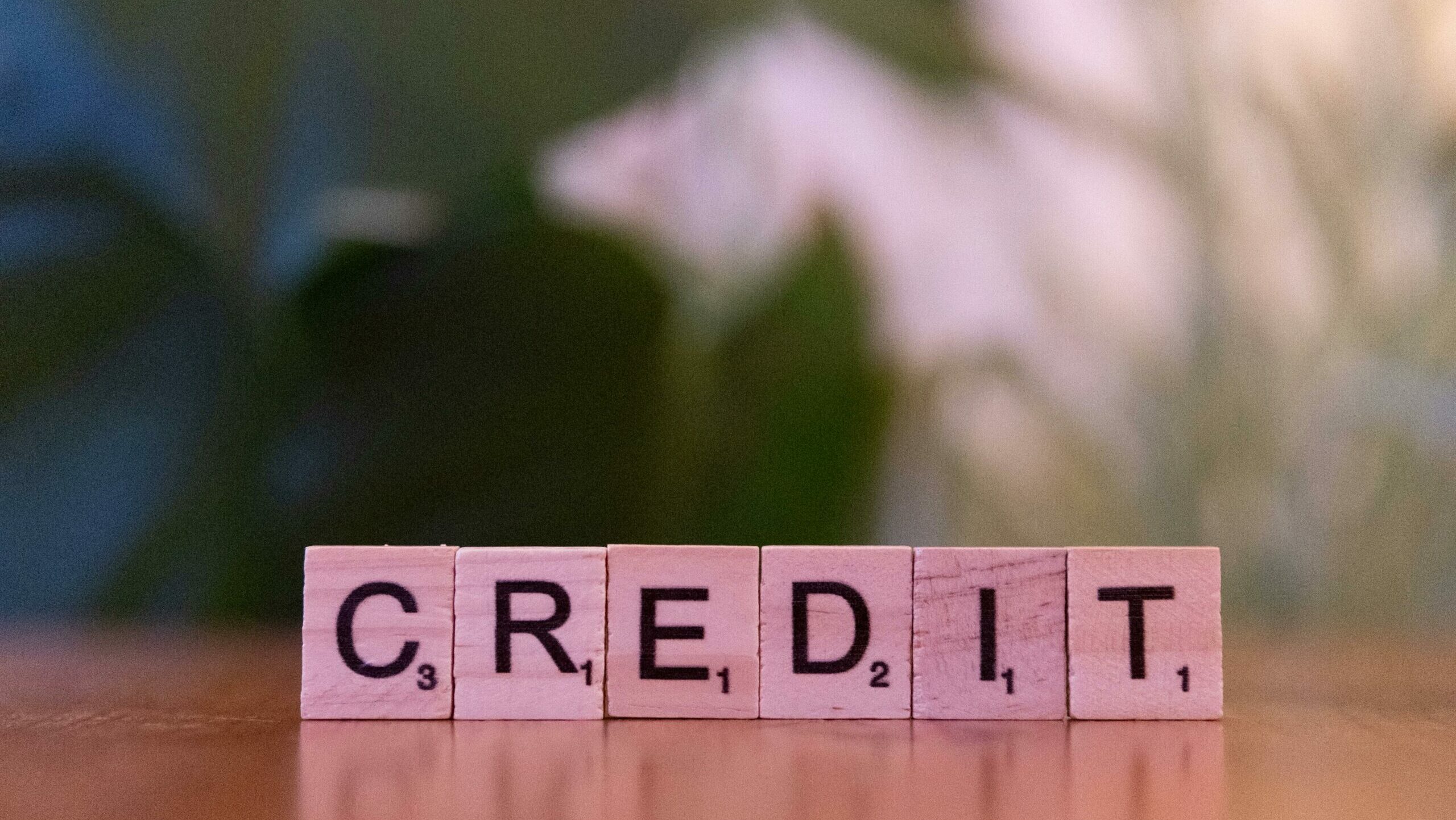Talking to Children About Mental Health Without Making It Strange
To be honest, discussing mental health with children can seem like attempting to explain Wi-Fi to a goldfish. You understand its significance, but where do you begin? The good news is that children are far more emotionally intelligent than adults often assume. The correct attitude will help you to conduct these talks without them concluding in eye rolls or perplexed stares—yours or theirs.

Begin with the basics: Emotions 101
Imagine mental health conversations as training children to ride a bicycle. You wouldn’t start with a lesson on aerodynamics; you’d start with training wheels. Build their emotional vocabulary with daily events. Pause and say, “Have you ever felt like that?” if a character in their favorite film is sad or anxious. Books are excellent for this too—stories about characters negotiating large emotions make abstract ideas suddenly resonate. The aim is not to have one Big Talk but rather many small ones that normalize mental health as much as talking about bruised knees.
Talk Less, Listen More
Here is a secret: if you stop talking long enough to hear it, children will tell you all you need to know. Active listening includes putting down your phone, getting on their level—literally, crouching down if necessary—and echoing back what they say: “So when Tommy took your crayon, you felt really angry, then sad?” This confirms their emotions and helps kids to identify sentiments rather than express them via stomach discomfort or tantrums. Should they mention something that shocks you—”Sometimes my brain feels too loud”—try not to freak out. Curiosity is your ally; “Tell me more about that” is preferable than “Oh honey, no, you’re fine!”
The Stigma-Free Therapy Talk
Should professional assistance come up—for them or a family member—treat it like any other health care. Sometimes we see a feelings doctor to keep our minds strong, just as we see the dentist for our teeth. For teenagers, remind out that athletes have coaches and singers have voice instructors to help them normalize it; therapists are simply coaches for emotions. Role-play the first session if they are anxious: “You’ll probably draw, play games, and chat—no shots or scary exams, promise.”
When Big Emotions Strike
Children’s mental health issues often manifest in subtle ways including unexpected clinginess, sleep problems, or even “acting out.” Rather than asking “What’s wrong with you?”, say “I see you’ve been struggling to sleep. Want to brainstorm what might help?” Teach them early warning signals: “Remember how your stomach aches when you’re anxious?” Your body has an alert system. Simple mindfulness techniques also work miracles; have them pretend to smell pizza (deep breath in) and blow on hot chocolate (long exhale) to quiet rushing thoughts.
The Golden Rule: Not Knowing All the Answers Is Acceptable
“That’s a great question—let’s learn together,” you may say if your child confuses you with, “Why do people get depressed?” Mental health is about building a safe environment where difficult issues aren’t taboo, not about having ideal reactions. Some days, all they will want is a hug and a “I get it.” On other days, you could see they require more assistance—and that’s perfectly acceptable as well.
The greatest victory? When your kid understands they can come to you with their emotional scrapes and bruises, not only the physical ones. A child who knows mental health develops into an adult who looks after theirs, thereby winning for everyone. Now, who wants some pizza breathing?







